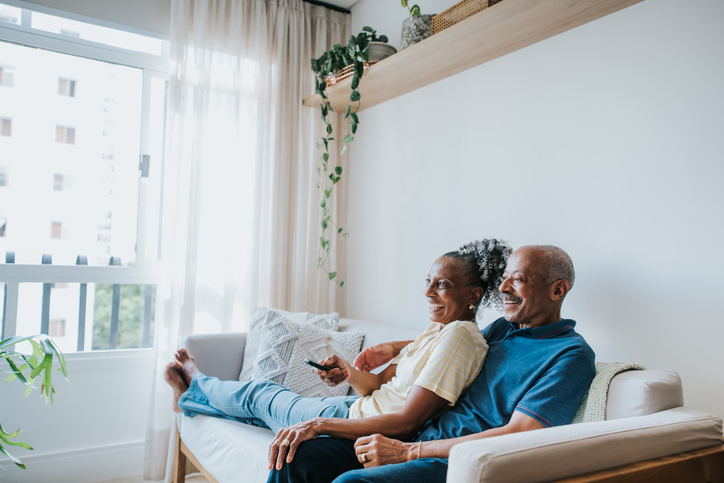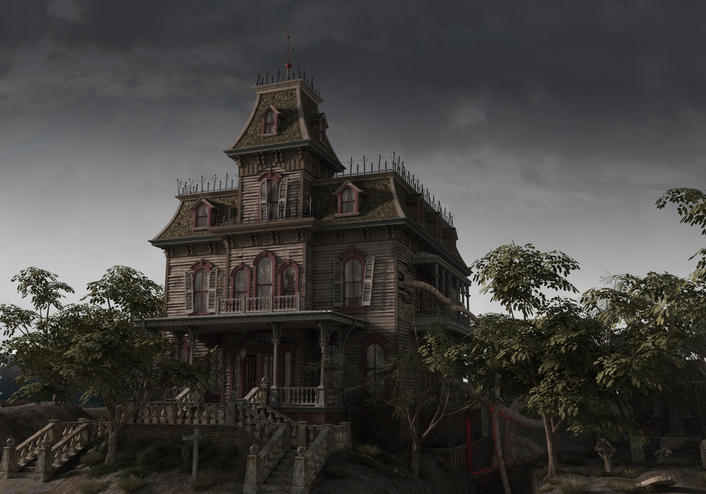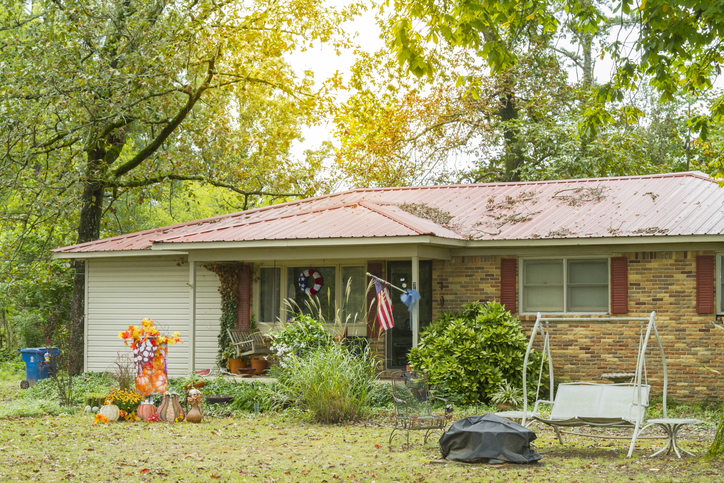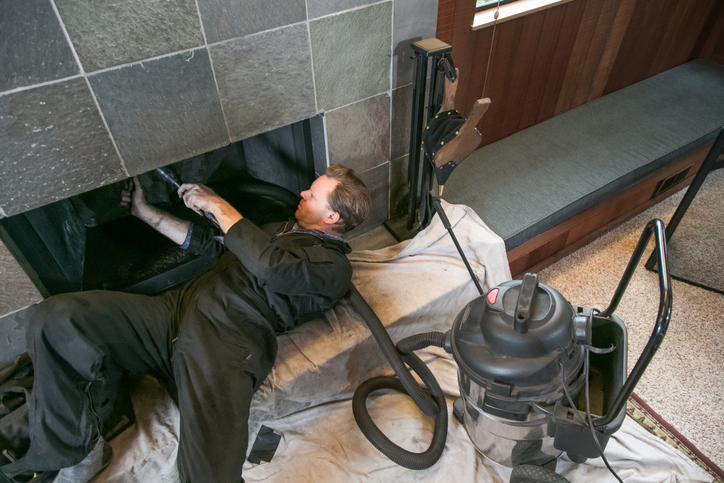Research Shows Media Influences Homeowners’ Design Choices

Homeowners’ design choices today are often influenced by what the media tells them is marketplace standard, which can make them unhappy in their homes, according to research released earlier this year.
Annetta Grant, assistant professor of markets, innovation and design at Bucknell University in Lewisburg, said, “What surprised me the most in our research was how uneasy people were in their own homes. Our homes are supposed to be a person’s sanctuary, a place to be away from the world. And yet they have angst and unease within their own homes.”
Grant conducted the research, published in the Journal of Consumer Research, with Jay Handelman, associate professor of marketing at Stephen J.R. School of Business at Queen’s University, Kingston, Ontario.
“We found that people renovated their homes to the standards they saw in the media, rather than to their own personal tastes,” Grant said. “They often only personalized in an offbeat space in the home, with color or something unique, giving themselves license to go crazy in this one room.”
Homeowners Rely on Others for Renovation Ideas
When making decisions about how to renovate their homes, people relied on others to guide them. “Homeowners were uneasy to make decisions about their own homes, and referred to someone else,” she said. “In some instances that was an interior designer, but in some cases they would ask people who work at the hardware store, a paint store, their painters, or a friend who had a sense for what those market standards are.”
The research notes that after World War II, the government encouraged home building as a strategy to rebuild the country, offering subsidies and mortgage programs as incentives. “Suburbia after the war saw the home as a place for you and your family to reflect your preferences and personalities, giving rise to the avocado appliances and yellow, pink and blue fixtures in bathrooms,” Grant said.
“A lot of homes are created for everyone and yet for no one,” said Annetta Grant, assistant professor of markets, innovation and design at Bucknell University.
Standardization of Colors
“Our research showed that now there is a standardization of colors and your home should not reflect you as an individual. A lot of homes are created for everyone and yet for no one,” she said. “They are more a reflection of the media – what consumers see on home television channels and read in home magazines.”
The home renovation television programs often lead to people feeling concerned about how others will judge their choices. “You often see on home television shows, people will walk into someone else’s home and point out all of the things that are wrong with the home, ‘who would chose those countertops,’ ‘what were they thinking when they painted that color on the walls,’ and people don’t want to be embarrassed by their choices. It creates an uneasy feeling about your own home,” Grant said.
According to the research, the home renovation market has grown into a multibillion-dollar industry with sales in the U.S. increasing 48% over the past decade to more than $400 billion. The size of homes has grown by 48% from 1973 to 2020, despite the fact that the average number of people living in a home has decreased over that same time. And the pandemic has further spurred home renovations, which are expected to hit $450 billion by 2023, a 12.5% increase from 2020.
Renovating to the current market trends leads to more frequent renovations. “Always trying to figure out what the latest standards leads people to feel like their homes are never quite finished,” she said.
“The problem is that when the media creates these standards of grey walls, open concepts, stainless steel appliances, those standards are constantly changing. Once your renovations are done, the standards may change again. This market-reflective gaze of your home makes people feel uneasy,” Grant added. “And they fast forward through the hard parts, giving a sense that renovations can happen quickly.”
She noted that previously most homes had the laundry room in the basement in a dedicated corner. “During our study, we found that media portrayals elevated the laundry room to upper floors, dedicating a specific room and creating a space around the laundry room and one homeowner was disappointed with how she built her home because it didn’t reflect this new standard,” she said.
Ultimately, homeowners are torn between the concept that a home builds wealth and allows you to create your own unique space. “They see their home as an investment and want to preserve the value of a home, but they’re conflicted because making a personal decision to add color may diminish the value of their investment,” she added.
COVID-19 Affect on Choices in Home
The research concludes that it will be interesting to see how the COVID-19 pandemic will impact the future choices in homes, as they now serve as a place of work, school, exercise, social gatherings and online shopping. The report notes, “This drastic change in the ways in which consumers use the home may affect the broader cultural understanding of the home.” New media programming may emerge that portrays this dynamic of multiple home usage, all of which will impact the consumers’ ability to feel at home in their own homes.
Topics
Share this post
Member Discussion
Recent Articles
-
Seller Disclosures Unmasked: The Spooky Truth Behind What You Need to Share
- October 25, 2024
- 4 min. read
Seller’s Disclosure Law is all about making sure no one gets tricked by unexpected “treats” in their new home. However, there are several instances where a seller does not have to disclose certain information.
-
Nearly 70% of Homeowners Feel Secondhand Embarrassed by Neighboring Yards
- October 24, 2024
- 2 min. read
A large majority of homeowners expressed negative feelings toward their neighbors’ home upkeep and yard maintenance habits.
-
Winter Maintenance: Chimney and Heating Tips
- October 23, 2024
- 3 min. read
Experts share their insights and advice for the maintenance of chimneys and HVAC systems.
Daily Emails
You’ll be the first to know about real estate trends and various legal happenings. Stay up-to-date by subscribing to JustListed.



